The origins and the first edition of the Herald-Tribune | Sarasota History, Jeff LaHurd
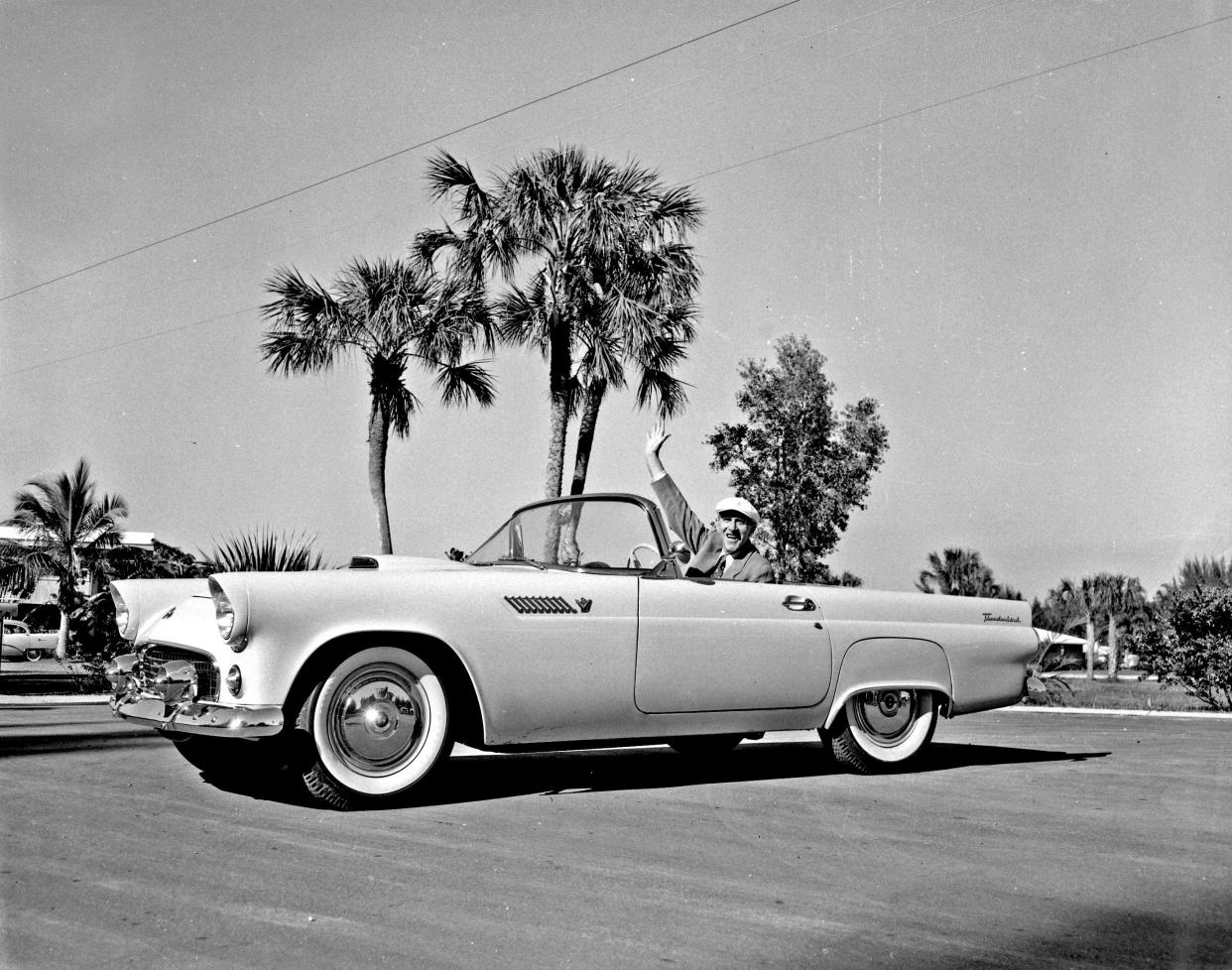
The timing for such a venture proved to be fortuitous. The land boom was in full bloom, and numerous full-page advertisements were the money-making norm.
On the morning of Oct. 4, 1925, as the real estate market was at its strongest, the first edition of the Sarasota Herald rolled off the press, and quickly became the flagship newspaper for Sarasota, a position maintained today as the Sarasota Herald-Tribune.
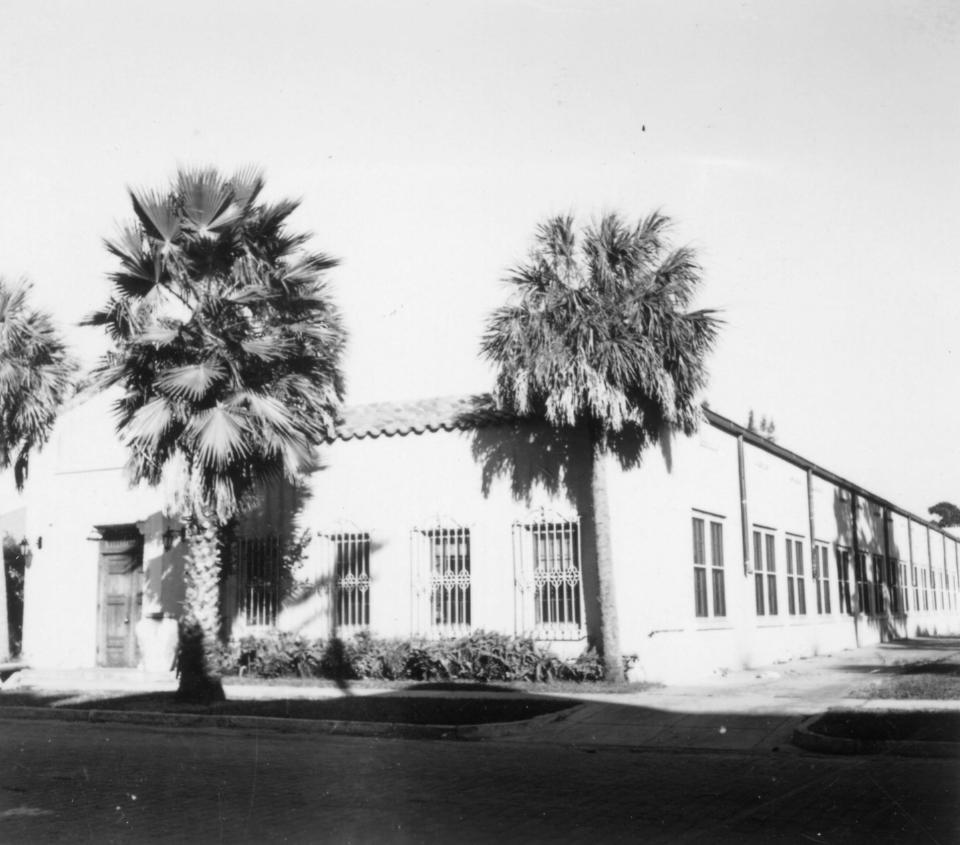
The first edition’s banner headline, “SENATOR FLETCHER HURT IN CRASH,” reported that the state legislator had been in an elevator that plunged nine stories to the basement of a Jacksonville hotel. Luckily, he suffered only bruising and was confined to his room.
Nationally, the ongoing trial of popular Gen. Billy Mitchell gripped the country and was page one news. Mrs. Mitchell was set to speak on behalf of her husband. In the end, Mitchell was found guilty of insubordination for too strongly advocating for air power and demoted to private. He resigned in 1926.
Three stories – “Tampa Youth Kills Sister and Brother”; from nearby Clearwater, “Man slays his wife and then himself in jealous rage”; and from Rockingham, N.C., “DEFENSE SAYS SLAYER INSANE” – could be the stuff of today’s newspaper.
Local news on the front page included the women’s drive to raise money to equip the much-needed Sarasota hospital to serve the burgeoning population. Public response was said to be “most encouraging.” For the same “tremendous growth” the post office reportedly needed to be enlarged, and with 1,700 more children in the area, the school was proving inadequate.
The telephone company added a large extension and built a dormitory on the third floor to house female employees who were having trouble finding housing.
A front-page description of the new Sarasota Herald plant dubbed it “one of the best in the south and equipped for a city many times the size of Sarasota.” (Superlatives were commonly used to describe grand openings and practically everything newly constructed in the city.)
Optimism reflecting the general mood of the county was palpable throughout the 72 pages.
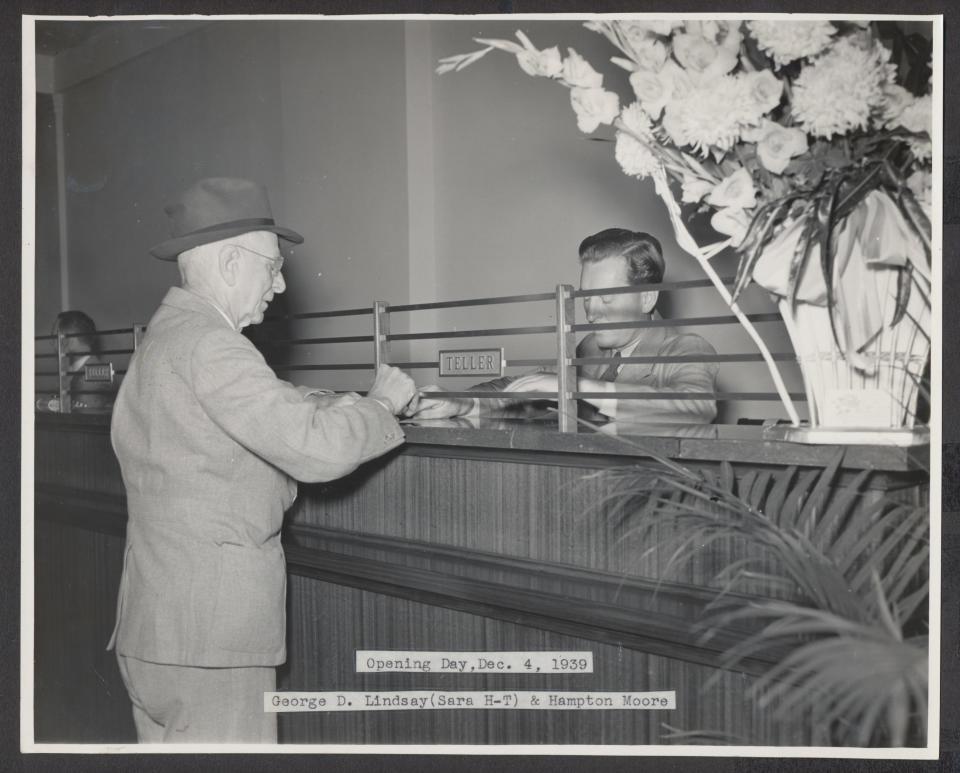
To serve the newspaper, George Lindsay moved to Sarasota to become the paper’s editor, a position he maintained up to the time of his death in 1946. (His responsibilities were taken over in turn by David Lindsay Sr., and David Lindsay Jr., partners Poynter and Naugle having been bought out years before.)
His first editorial noted the reason for the birth of the Herald: “SERVICE ... to devote all the resources ... to produce for the people of Sarasota ... a newspaper that will not only bring every morning the news of the day but contribute in every possible way, to the civic, social and commercial development of the territory in which it circulates.”
Advertisements for newly established banks, housing developments, insurance companies, real estate offices, and retail outlets were prominent. The newly established First Bank and Trust, “The Big Bank at Five Points,” promised to offer the “Five Points of Success: Reliability, Efficiency, Courtesy, Resources and Personal Services.”
The American National Bank countered with its own full-page advertisement offering, “A BANK WHERE YOU WILL FEEL AT HOME” and promised “At this bank there is none of the chill, the formality and the solemnity sometimes associated with other financial institutions ... No unnecessary red tape, no stiffness ...”
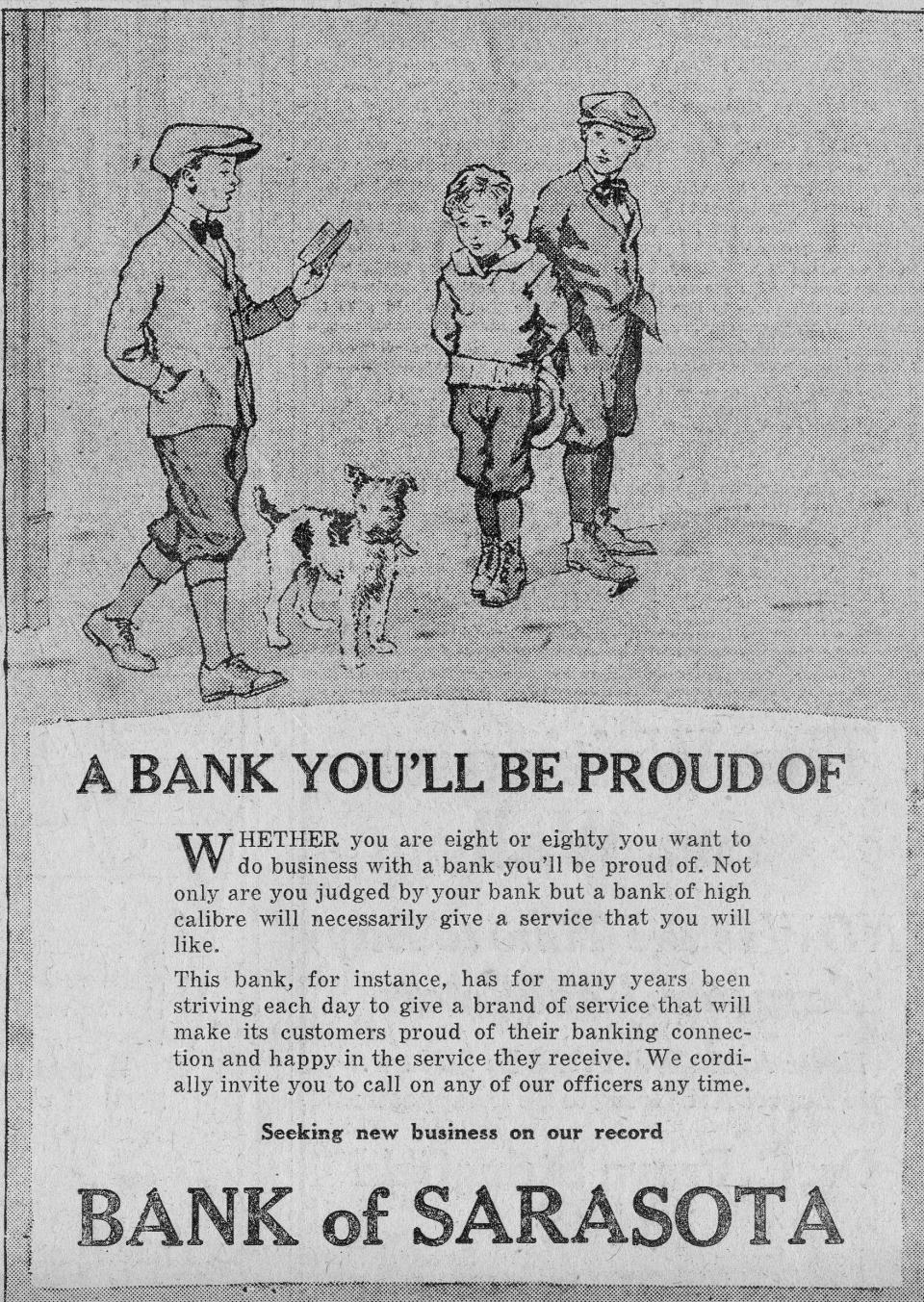
Established in 1911, John Ringling’s bank, the Bank of Sarasota, “Where Banking is a Pleasure,” noted Sarasota was the city of opportunity. “It is always a pleasure to give prompt interested protection to all financial matters brought to us.”
The newly established Board of Realtors, noting “It is a Privilege to Live in Florida – and a Distinction to Live in Sarasota,” placed an ad promising honesty in all its business dealings, stating: “If a man be honest, he can engage in the Real Estate profession in Sarasota, if not he better keep on going for there is no room for him here.”
The Board promised if a real estate deal were misrepresented, fraudulent or unethical, the buyer would be given $100 upon proof.
On page 3, the first of many full-page advertisements for a housing development put the spotlight on the Bay Point Section of Venice-Nokomis, “A Place of Divine Enchantment.”
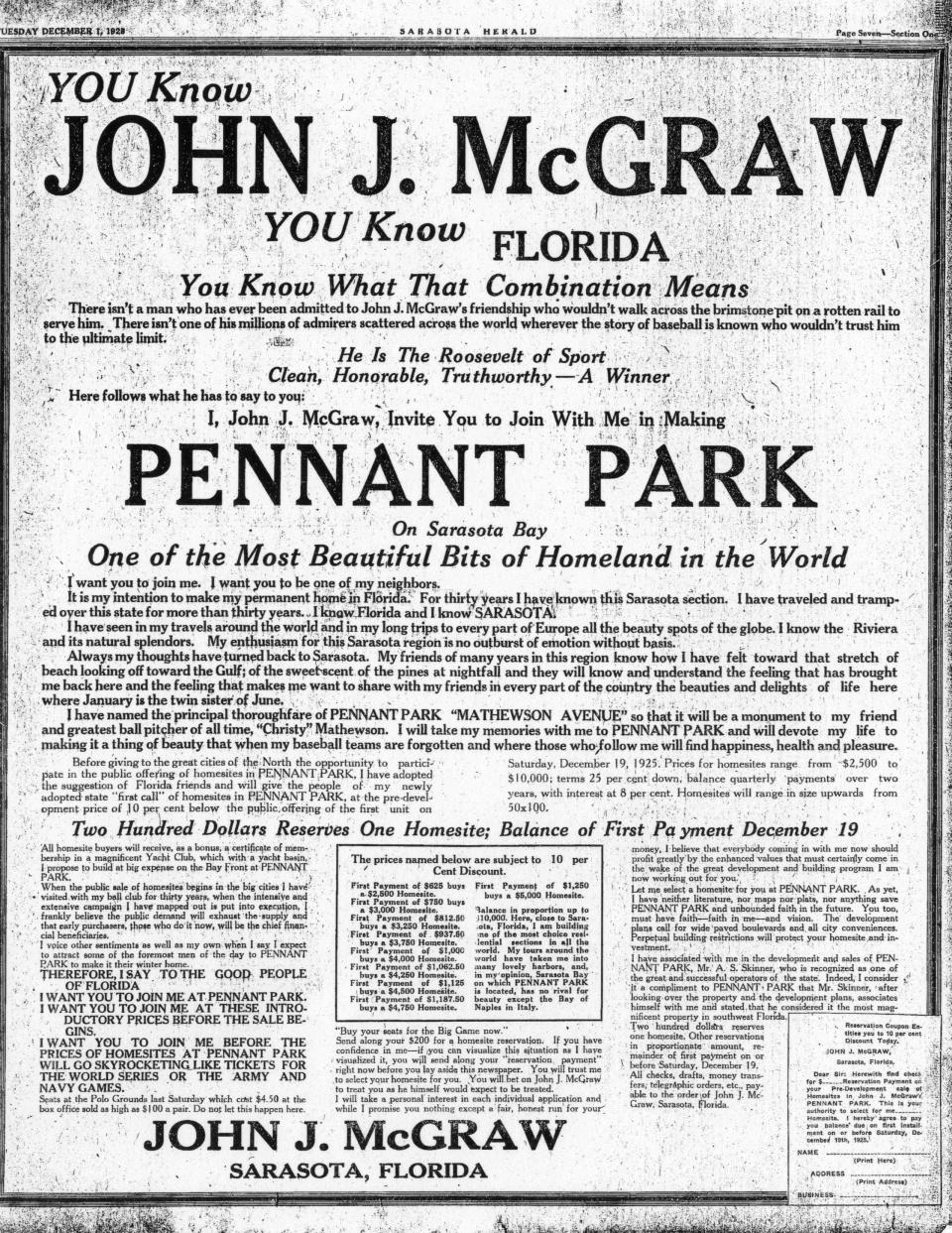
A two full page ad with an endorsement from Charles Ringling pushed Morningside. “When you buy in MORNINGSIDE you buy in a location ... at prices materially lower than you would pay for equally as well located and improved lot anywhere. TAKE ADVANTAGE OF IT.”
Between Bradenton and Sarasota, lots in MIDWAY were up for sale. Tagged The Orange Tree Subdivision: “Midst Orange Blossoms where dreams come true, there’s HOME, a real HOME that awaits for you.”
The Jewel of the West Coast, Emerald Isle, was offered by the Davis, Reuter and Flory realty organization.
E. Beeler Realty Company offered free transportation to anyone, anywhere in the United States who purchased a lot on Enchanted Isles, “Florida’s Most Beautiful Homesites,” in Englewood.
And on and on and on throughout the paper’s premiere edition, indeed during the remainder of the boom, new and proposed housing developments advertised, health, wealth and happiness available to quick-acting investors.
Illustrating Sarasota’s unprecedented growth, the paper reported, “CITY Building For September Breaks Record. We were ranked third on the West Coast of Florida in number of permits, $1,006,680, 5 times as great as the numbers for August.” The paper bragged up to that date, the amount “was almost two and a half times higher as the figure for the entire year of 1924.”
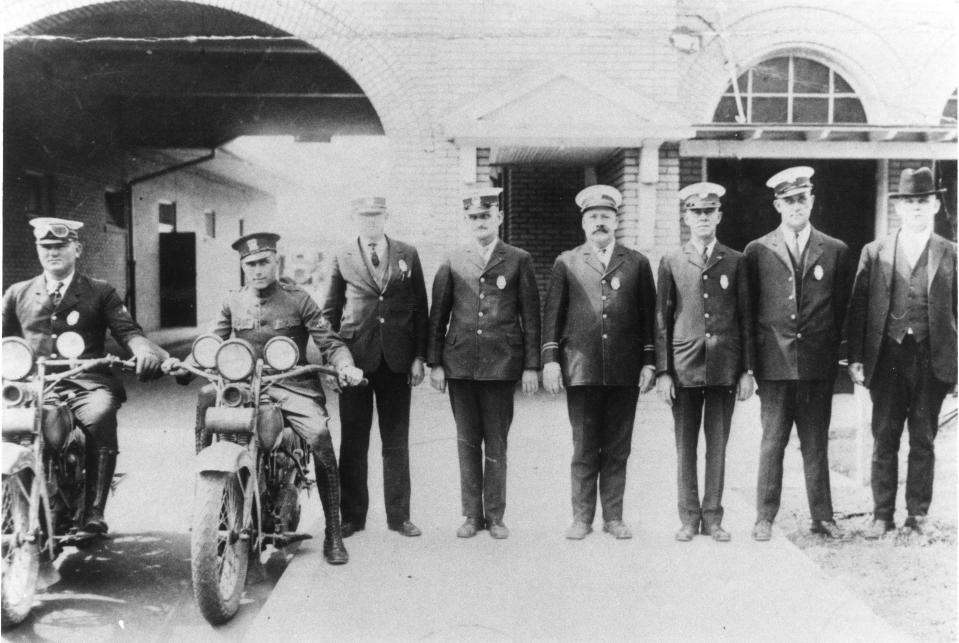
Several city officials were profiled: Police Chief Tilden Davis was a pioneer member of the community. He arrived in 1902. Having been on the force for 4 years, he had developed a “reputation for his untiring efforts toward the prevention of crime that is known throughout the entire state.” In an interview he offered that “Police and detective work was always my greatest hobby as a young man ... I have made extensive study of criminal method and crime detection.”
Multiterm mayor Everett J. Bacon was featured, noting that he let his department heads make important decisions, such as hiring and firing. He served throughout the entire growth decade.
Along with the inviting soft sand beaches, “Beaches of Sarasota Offer Greatest Lure,” fishing was also a major tourist draw with catches regularly reported. Walter B. Olson was credited with catching 29 tarpon in 12 hours. He was photographed standing in front of one of the larger of the tarpon. The catch was believed to have established a world’s record.
The first edition offered a brief history of the young community – “City Traces Foundation Back To Old World Colonists” – and focused on the efforts of John Hamilton Gillespie, the Father of Sarasota, who introduced golf to Florida. The hotel he built was pictured along with the headline, “Local Landmark Doomed.” It was to be razed to make way for the American National Bank, which would go bust with the real estate crash.
During this raucous Jazz Age many bands came through Sarasota blasting out the era’s music to the Charleston-dancing crowds.
One of these, Dale Troy, a famous orchestra leader who owned several bands in various parts of the state, reportedly planned to bring his best 9-piece ensemble to Sarasota for the third time.
The Auburn Collegians promised everything would be “Hotsy Totsy” at their Armistice Day dance.
The paper reported that not all were happy with the wild dance-floor goings-on. Minister Dr. E. J. Bulgin called “Jazzmania” nothing but “Bolshevik amusement.”
Throughout the good times in which the paper was born, into the travails of the Great Depression and World War II, the Lindsay family’s Sarasota Herald (The Sarasota Herald-Tribune from 1938) was Sarasota’s most ardent booster. In no small measure the reason for Sarasota County’s popularity.
Jeff LaHurd was raised in Sarasota and is an award-winning historian.
This article originally appeared on Sarasota Herald-Tribune: Herald-Tribune born amid the first big Sarasota real estate boom

